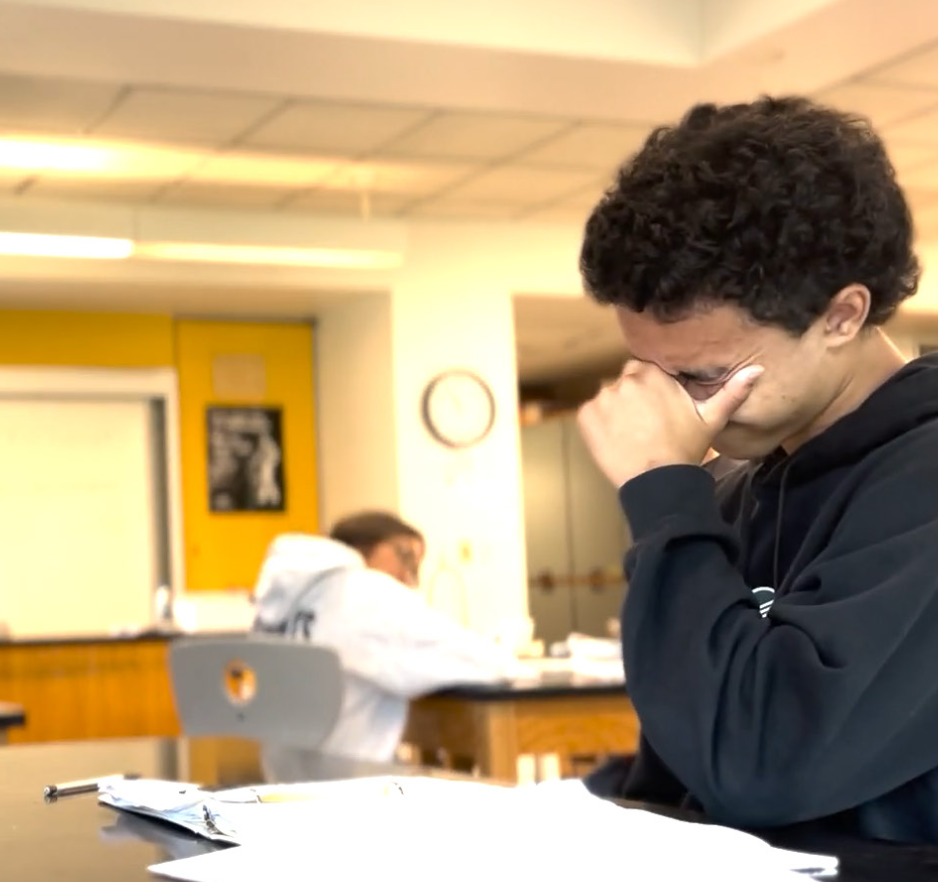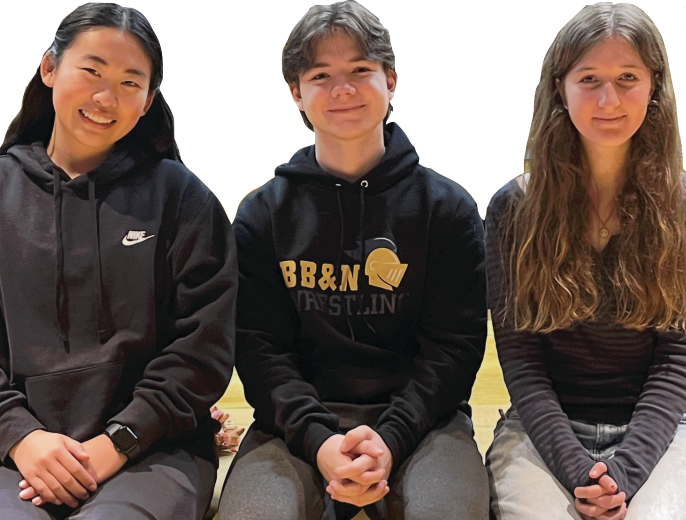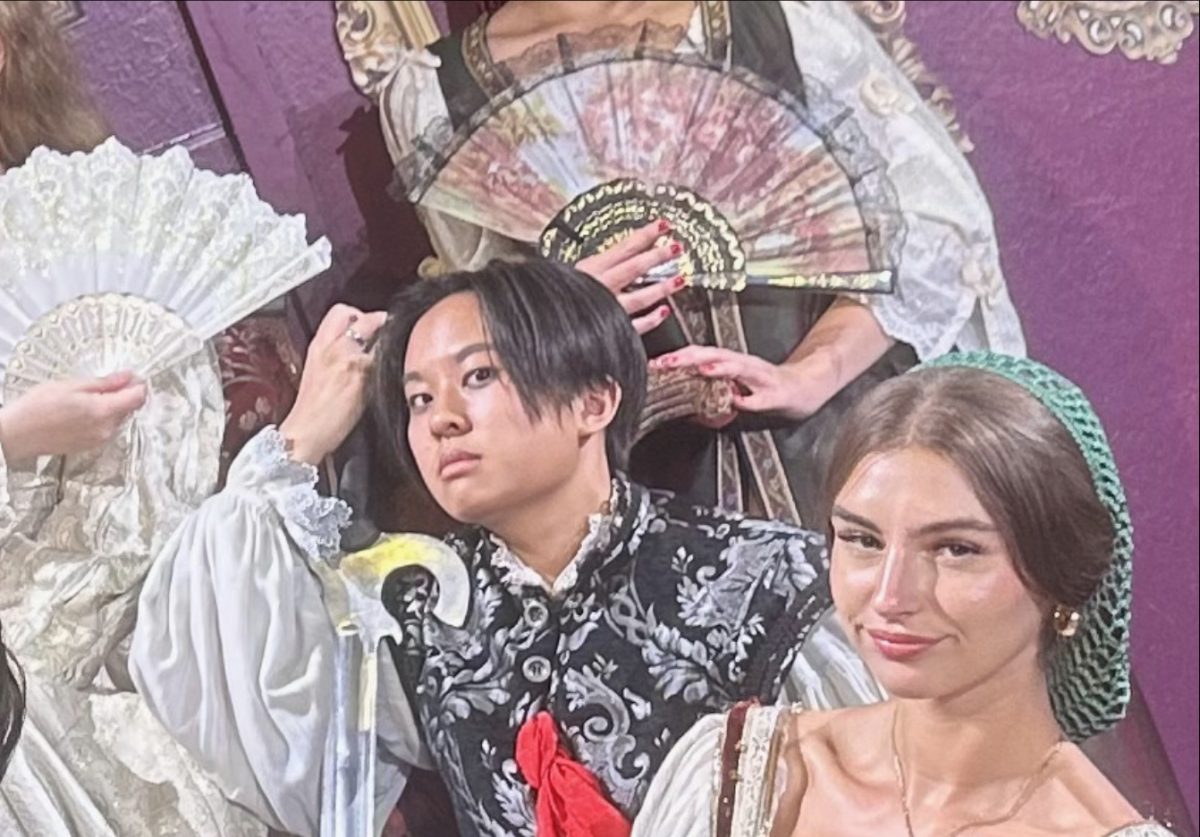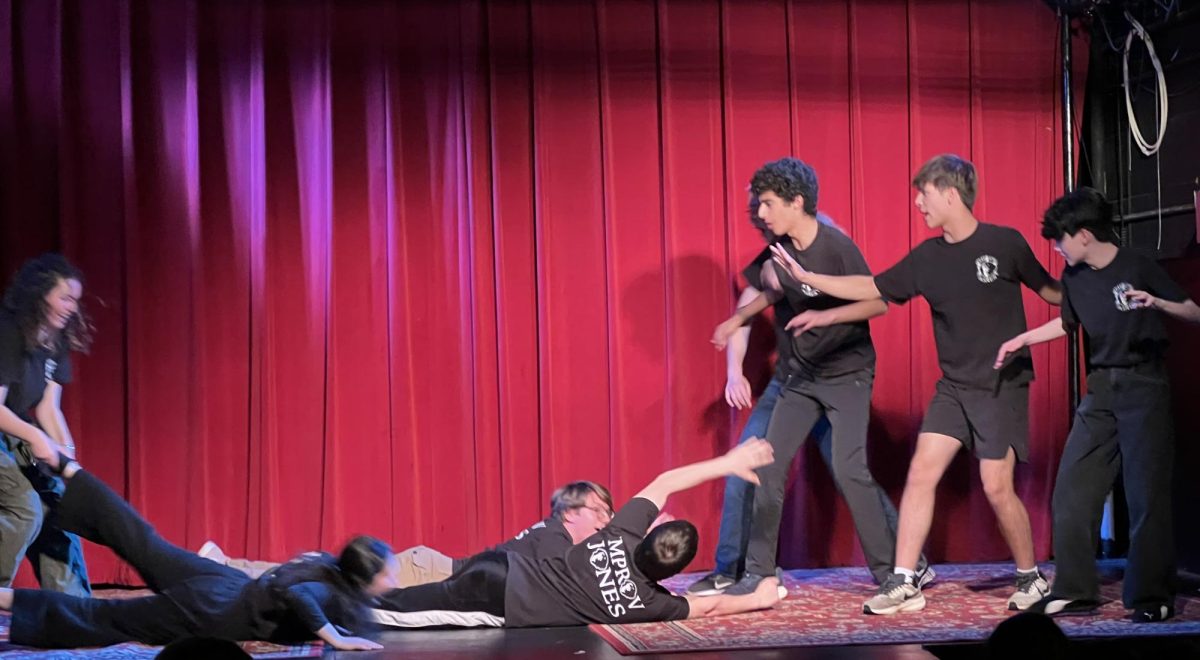Many students encounter the school’s art studio through visual arts classes or while simply trying to find supplies for club fair posters.
Students without art experience can relax because, as artists themselves, the faculty in the Arts Department, including Upper School (US) Architecture Teacher Laura Tangusso and US Painting and Drawing Teacher Miyam Lee, have gone through their own artistic process many times. Despite taking different routes to a career in education, their work and past experiences have shaped their approach to teaching, inspiring, and engaging students in the arts.
Ms. Tangusso initially didn’t see being an artist “as a profession,” she said.
“In college, I was studying education and other social sciences, but I was taking art on the side for my own pleasure, and I got really good at ceramics.”
After meeting a group of professional artists in Chicago, Ms. Tangusso decided to put faith in an art career, she said.
“I quit my job as a social worker, and started applying and getting into retail and wholesale shows, and started making a living at it.”
Later, she went to art school to study other art forms and eventually began teaching different visual arts at the US, which lead to an opportunity to teach architecture.
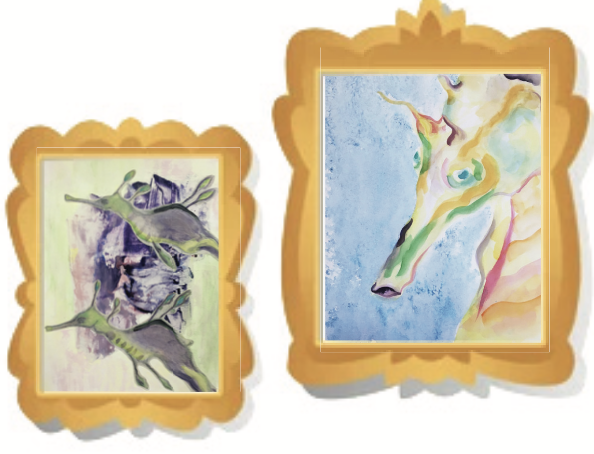
“All the arts relate. I feel like my background has helped me a lot in
my current teaching,” she said. “It wasn’t such a leap for me to go from being a visual arts teacher to an architecture teacher because of the things I’ve done in the past.”
Using her knowledge and experience, Ms. Tangusso said she can better understand her students.
“Being a practicing artist gives you an experience, a unique experience that can be really beneficial as a teacher,” she said. “You’ve gone through what the students are going through. It puts you in a better position of understanding challenges in the creative process, and knowing how to be supportive to your students, or how to ask the kind of questions that help people move along.”
Outside of the classroom, Ms. Tangusso has used her architectural skills in her own home.
“I bought a house around the same time I started teaching architecture, so my house has been my latest art project,” she said. “I just did a huge project this summer, renovating the attic into a living space. I am not building any buildings myself, other than the work I’m doing in my own house, but I’m constantly looking at other things, learning, and bringing what I see into the projects I choose with the students.”
Architecture appeals to Ms. Tangusso’s interests beyond art, she said.
“Architecture is like science. It’s evolving constantly, and with all the issues of climate and sustainability that are pressing on us, it’s more relevant than ever. It intersects with psychology, education, environment, culture, history, science, and technology, so when you talk about being in a field that allows you to keep learning and learning with your students, architecture is the mother lode.”
Currently, her students are designing an intentional community, showcasing spaces meant for a group of similar-core-value people coming together.
Ms. Lee agrees that art can take many forms and is represented in many ways.
“Art isn’t just one thing,” she said.
Ms. Lee initially studied graphic design at the Rhode Island School of Design, but upon graduation, she found the transition from the studio to working in front of a computer all day challenging, she said. After she freelanced as a graphic designer for several years, she decided to return to school and major in art education at the Maryland Institute College of Art.
“I love learning new things,” she said. “I take classes all the time, I practice, and I work on my own personal projects at home.
Ms. Lee uses the experiences she had learning to teach her students, she said.
“Over the summer, I took plein air landscape painting, so now I want to bring what I learned to my students and share the techniques and strategies I picked up to help them draw and paint outside.”
Victoria Nassikas ’25, a current art student, appreciates that Ms. Lee is still learning because she can give the class better advice on the use of color and values in their paintings.
As a teacher, Ms. Lee has to adapt to make sure her teaching style fits her students’ needs.
“Every school is different, so teachers have to learn how to adapt when they are in a different environment. We have to think about how to organize classroom materials, and how we present information or content to everyone. We have to think about how to accommodate different types of learners in the classroom like visual, verbal and kinesthetic learners.”
She wants her students to develop their own ideas.
“It’s not just about making things,” she said. “It’s more about the process, so I want them to just be curious about something and do a lot of research, sketching, and experimentation with their concept, with their composition. Ms. Lee tries to cultivate her students’ individual styles rather than enforce her own on them, she said.
“There’s a certain way I like to draw or a certain way I love to paint, and I love seahorses, but I’m not going to make all my students make seahorses just because I love them.”
Instead, she chooses to focus on individuality.
“You should represent yourself the way you want to,” she said. “I want you to discover your own personal voice. I want to see individuality in my students, and I love all types of art.”
Victoria said she believes her style is her own, regardless of the teacher.
“My own style has changed because I’m trying to make it progressively more realistic,” she said. “I’m not into stylization, but certainly the way that I paint color has been influenced by my teachers, mainly former US Drawing and Painting Teacher Ms. White, and the way I plan a painting is influenced by former US Visual Arts Teacher Ms. Stone, who showed me how to first paint with acrylics.”
Victoria learned from Ms. White’s techniques as a chromatic painter, she said.
“She didn’t like using whites or black,” Victoria said. “She explained if you want to mix a dark color, you’ve got to use ultramarine and burnt umber or a different color. So, instead of desaturating your colors, you get a really saturated dark color. I know that in a lot of her paintings that she did in her own time, she used that method, and then she taught that to us too which is useful.”
After learning many methods, Victoria has started to use some more frequently.
“When you take what works, you leave what doesn’t work; that’s how you form your own personal style.”


